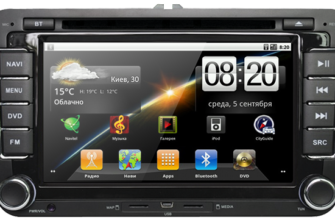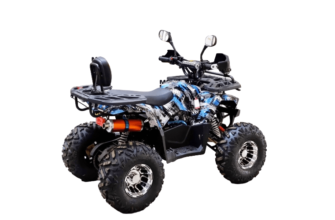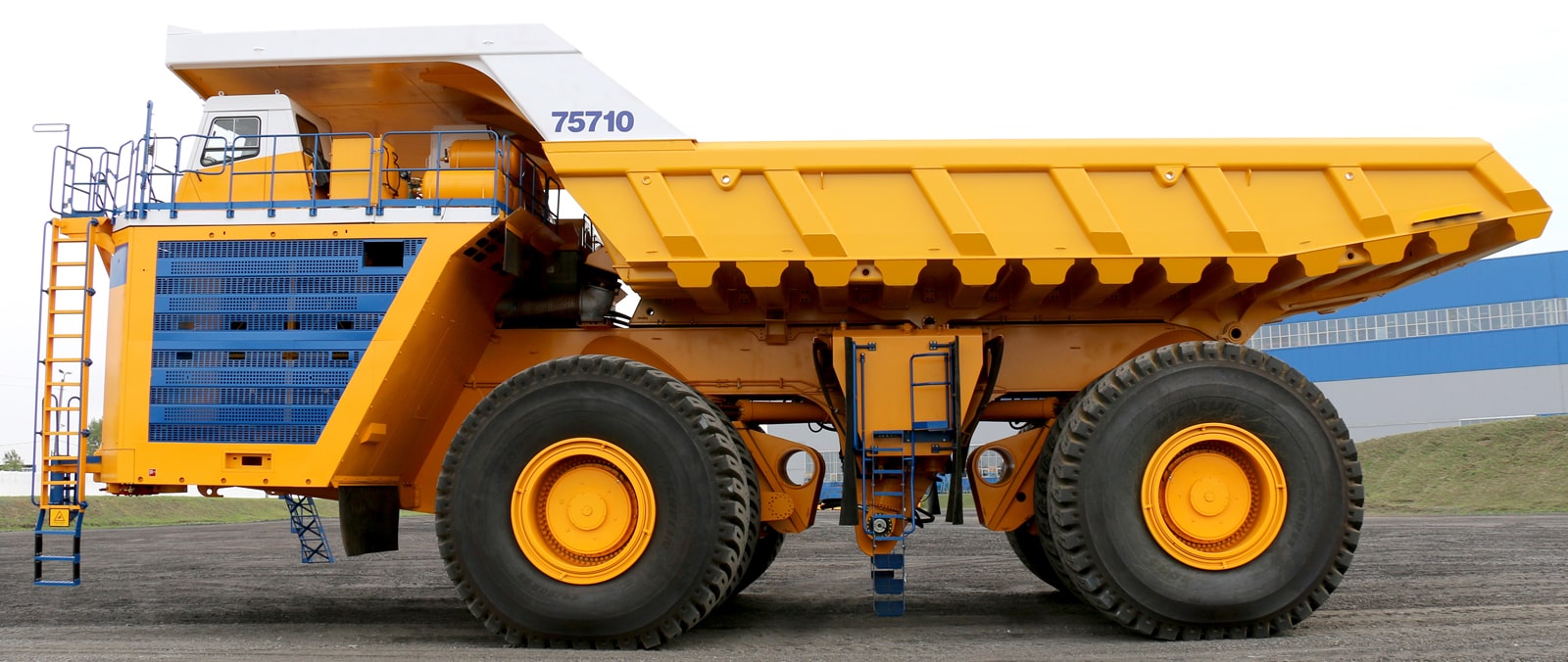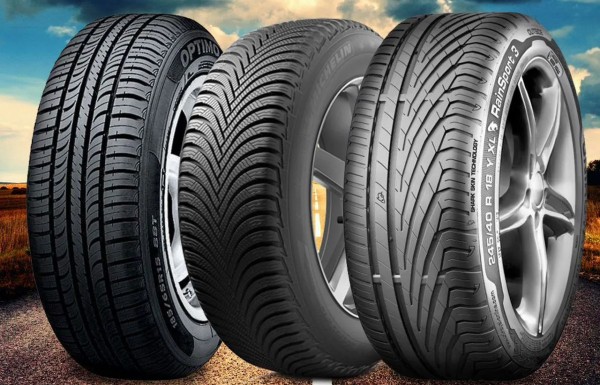SAE is a very common all over the world, American standard on gear oils. viscosity, oil passed certification for SAE, divided into 9 category:
- 70W,
- 75W,
- 80W,
- 85W,
- 80,
- 85,
- 90,
- 140,
- 250.
That oil, which are marked by W, Designed for low temperature applications. So, the lower the number, the gear oil is suitable for lower temperatures. Oil, denoted by the symbol 70W, applied in the north, where the temperature can be 55 degrees Celcius. Whereas the "warmest" winter transmission oil 85W, suitable for winters with an average daily temperature of 12 degrees.
All-season, gear oils. Such products are marked with two symbols at once., eg: 75W, 80. These oils have a very wide, operating temperature range.
This is a very important standard., which is certified not only by Western, but well-known domestic manufacturers, especially those, who distribute their product abroad.
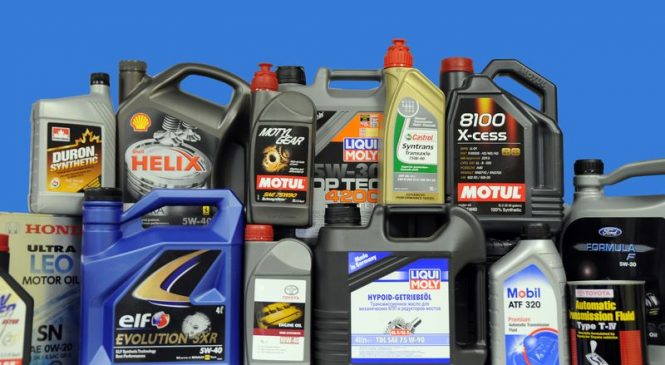
Also worth remembering, that winter and summer oils, of course, they differ in viscosity. So oil, denoted by the symbol 250, has ten times higher viscosity, than winter oil 70W. Such thick oils are designed for transmissions on large, floating ships, or other, serious technology, where the gaps between the teeth are much larger, than in the usual, cars and even trucks.
So, the main direction in which the SAE standard works, – this is the viscosity of gear oils. This is an extremely important point, because if in the gearbox, or large gearbox, production equipment pour more liquid oil, it simply will not withstand the loads and will not provide proper lubrication for the mechanism.



